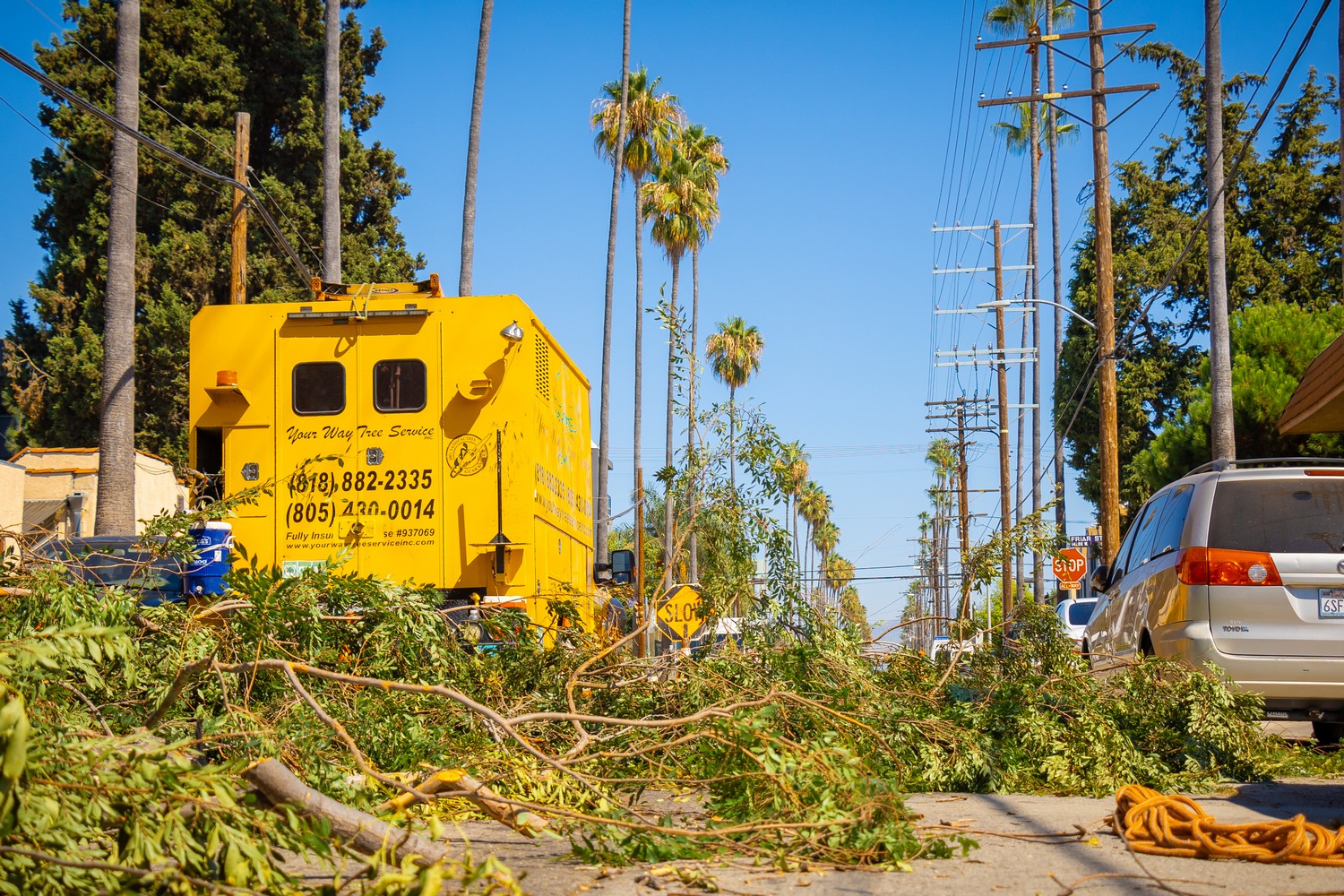Tree cutting typically refers to pruning or trimming branches while keeping the tree intact. It can enhance aesthetics, promote health, or eliminate hazards. Tree removal, on the other hand, involves taking down the entire tree and, often, grinding the stump as well. These are the key differences between tree cutting and removal.
Not all overgrown or problematic trees need to be removed. Many can be brought back to a healthy, manageable state through precise cutting. We evaluate each case and provide solutions that best meet the needs of the tree, and the property.

Understanding tree cutting and removal is essential for making informed decisions. Cutting is often preventive and restorative, helping extend the life of the tree, whereas removal is typically the last resort—used when a tree poses a serious safety risk, is severely diseased, or obstructs construction plans.
Our trained professionals assess each situation individually, considering the tree’s health, location, and potential hazards before recommending either cutting or removal. This ensures a safe, efficient process that aligns with both environmental responsibility and your landscape goals.
Tree removal can also be influenced by other factors such as proximity to utility lines, risk of root damage to foundations or sidewalks, and limited growing space. In urban or suburban environments, roots can interfere with plumbing or structural elements, making removal a necessary step.
On the other hand, routine cutting and pruning can significantly reduce the need for future removals. By addressing weak branches, structural imbalances, or early signs of disease through regular maintenance, homeowners can preserve trees that might otherwise deteriorate.
Contact us by filling up our online form or calling us at the phone numbers provided in this page.

